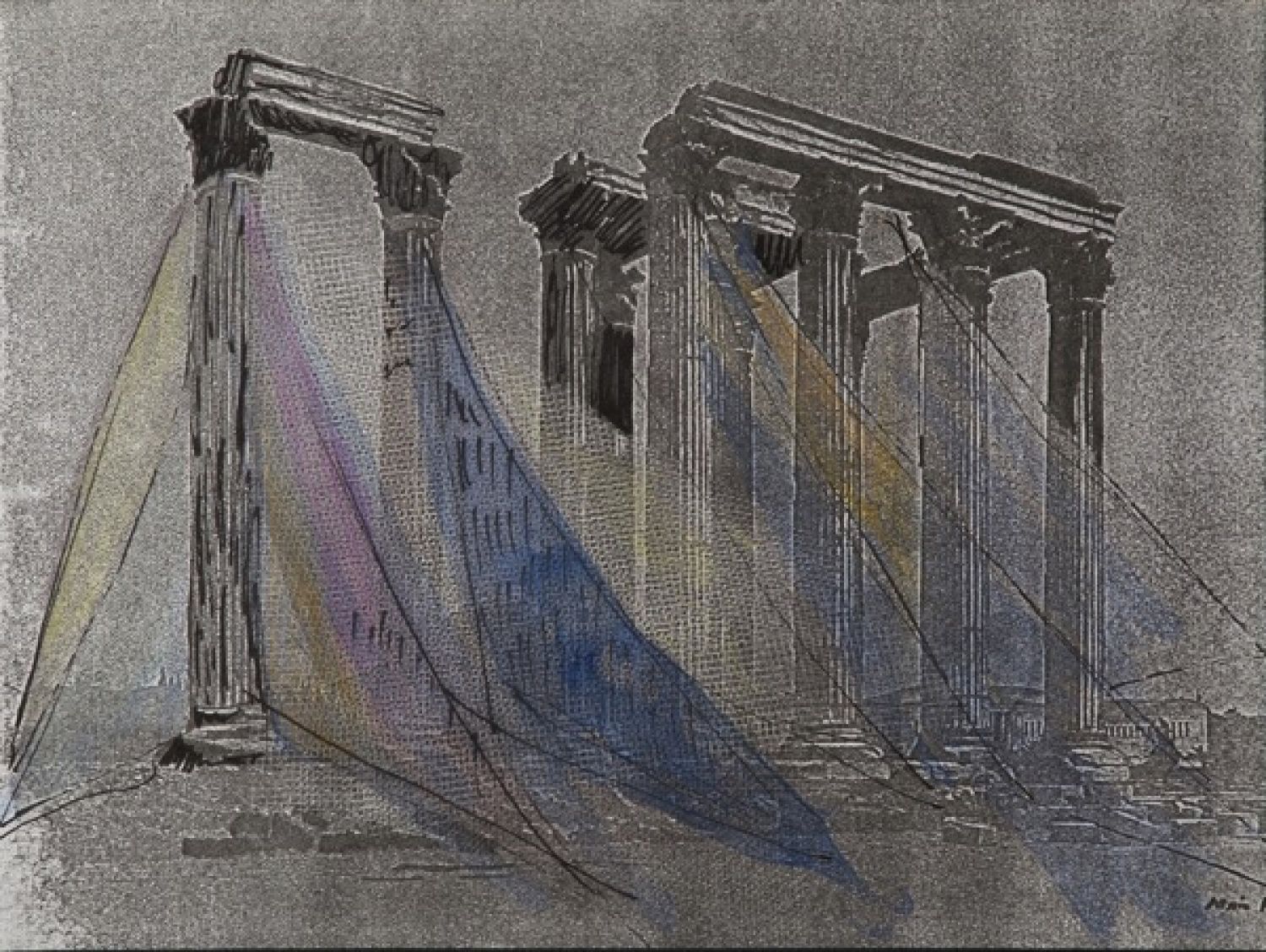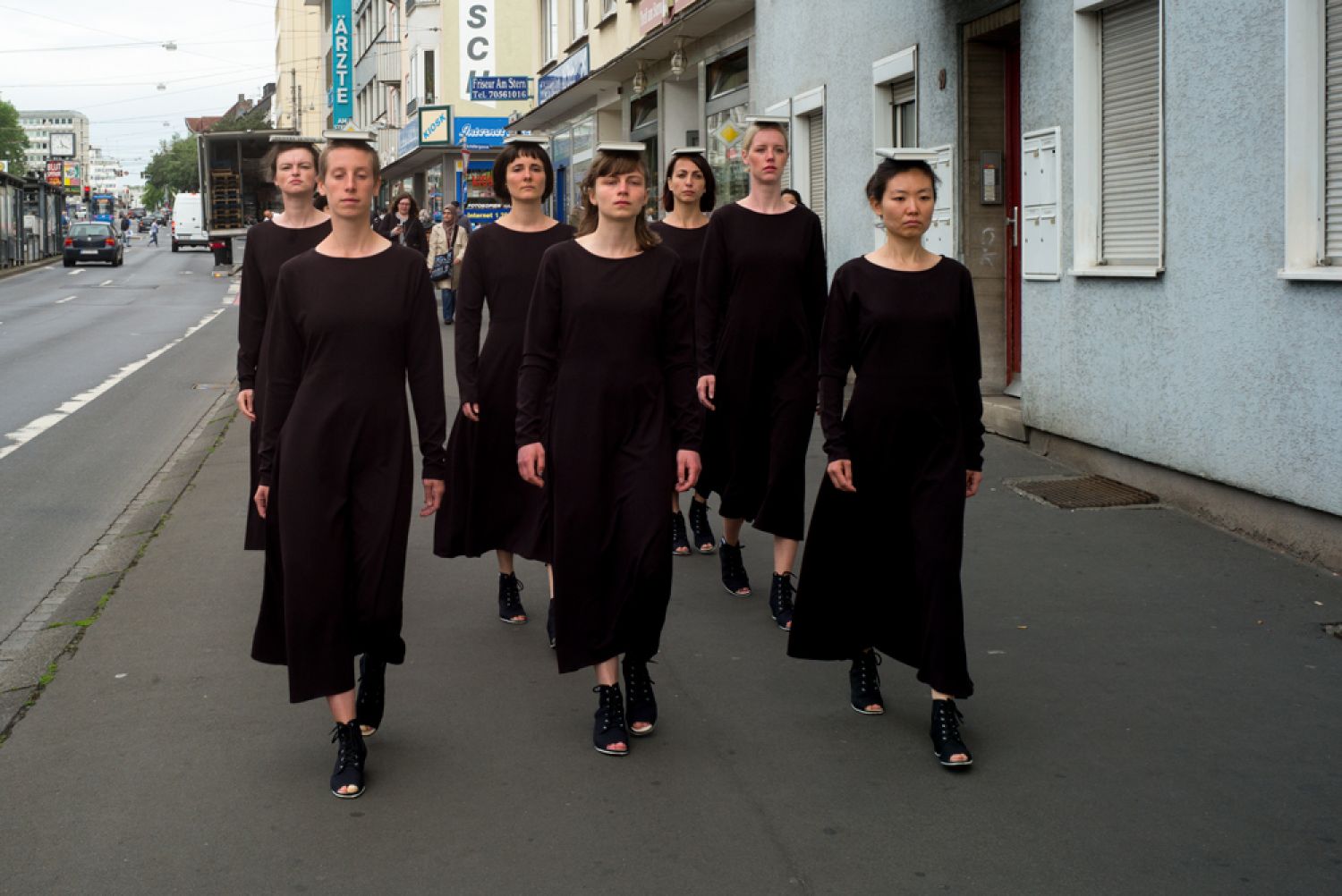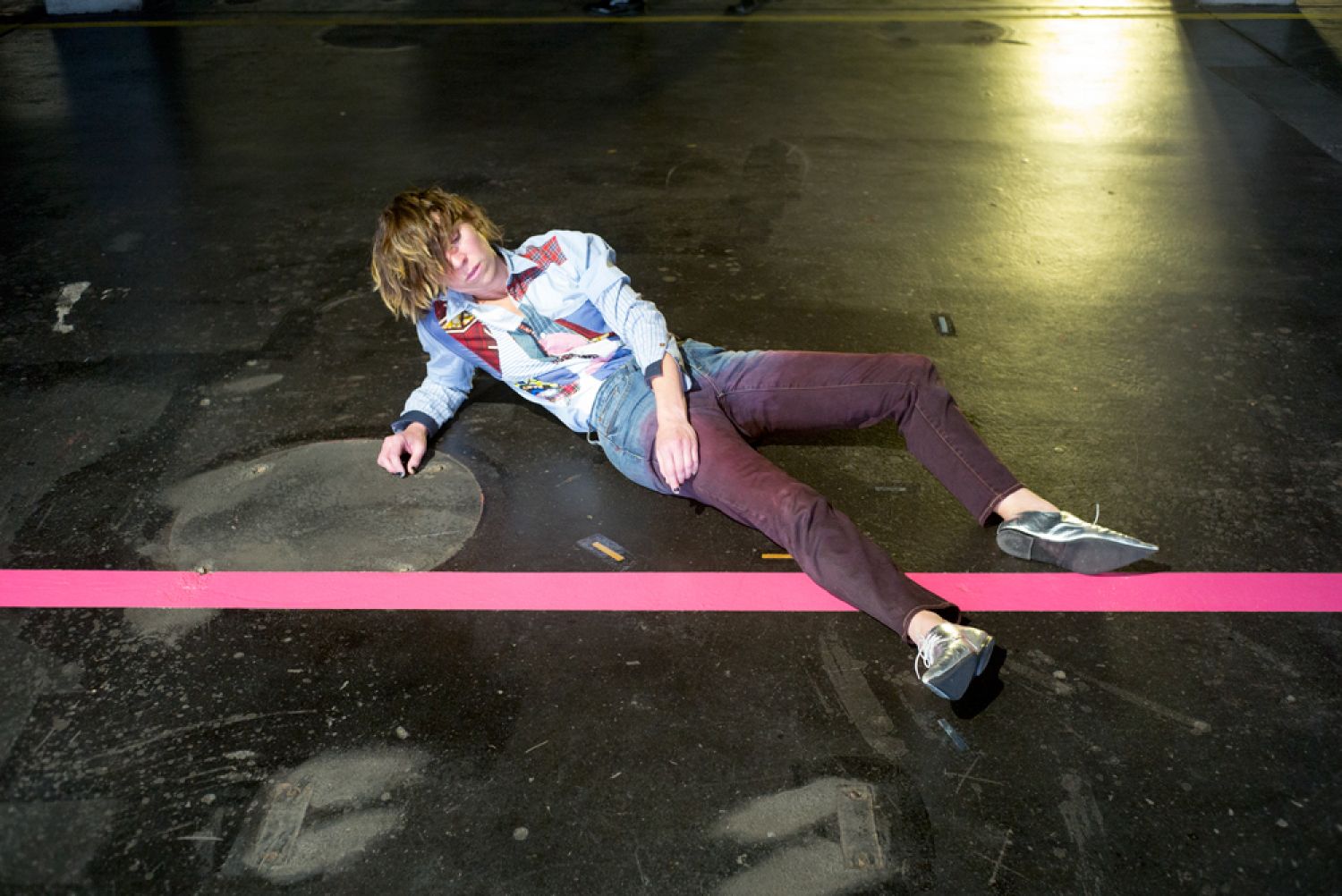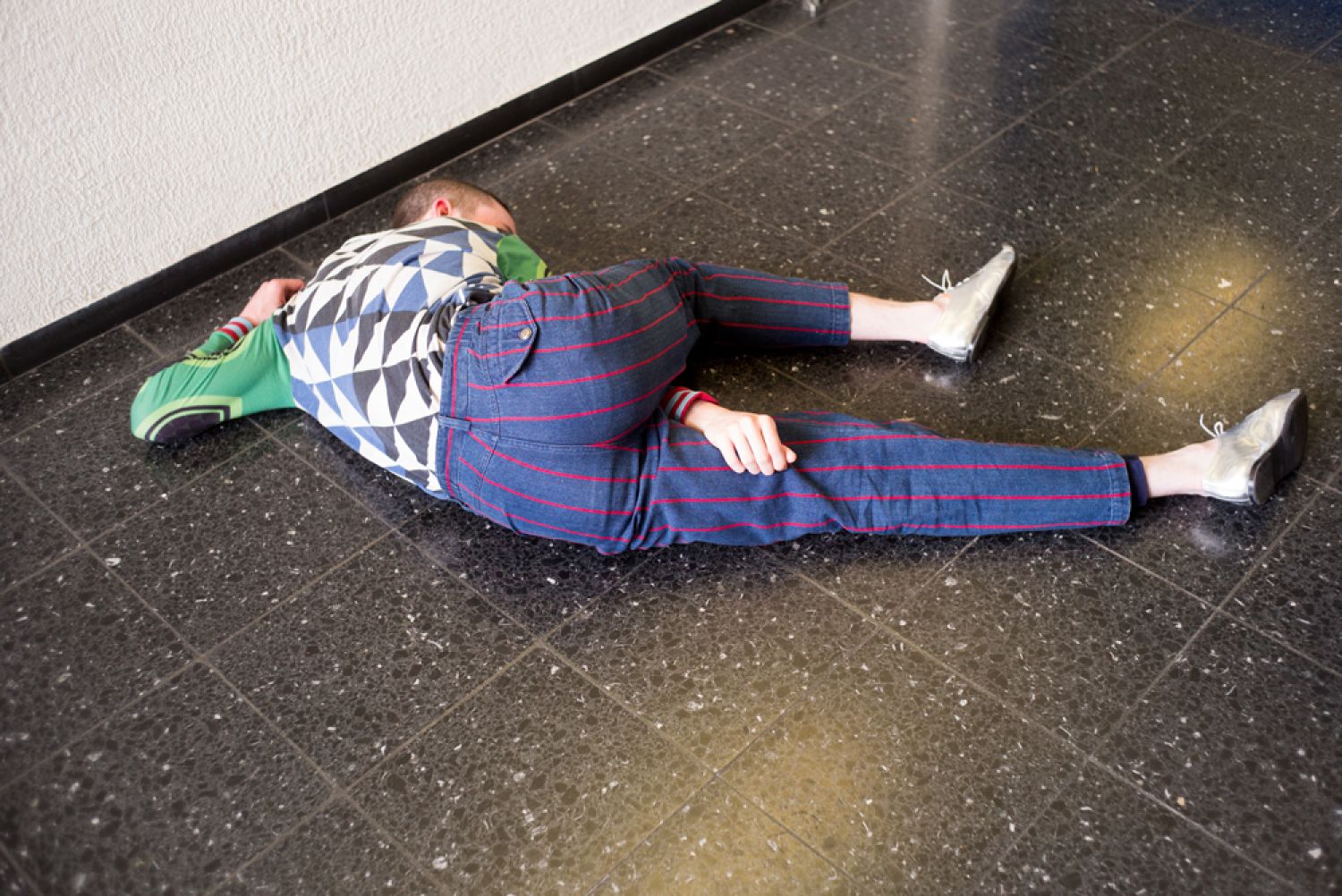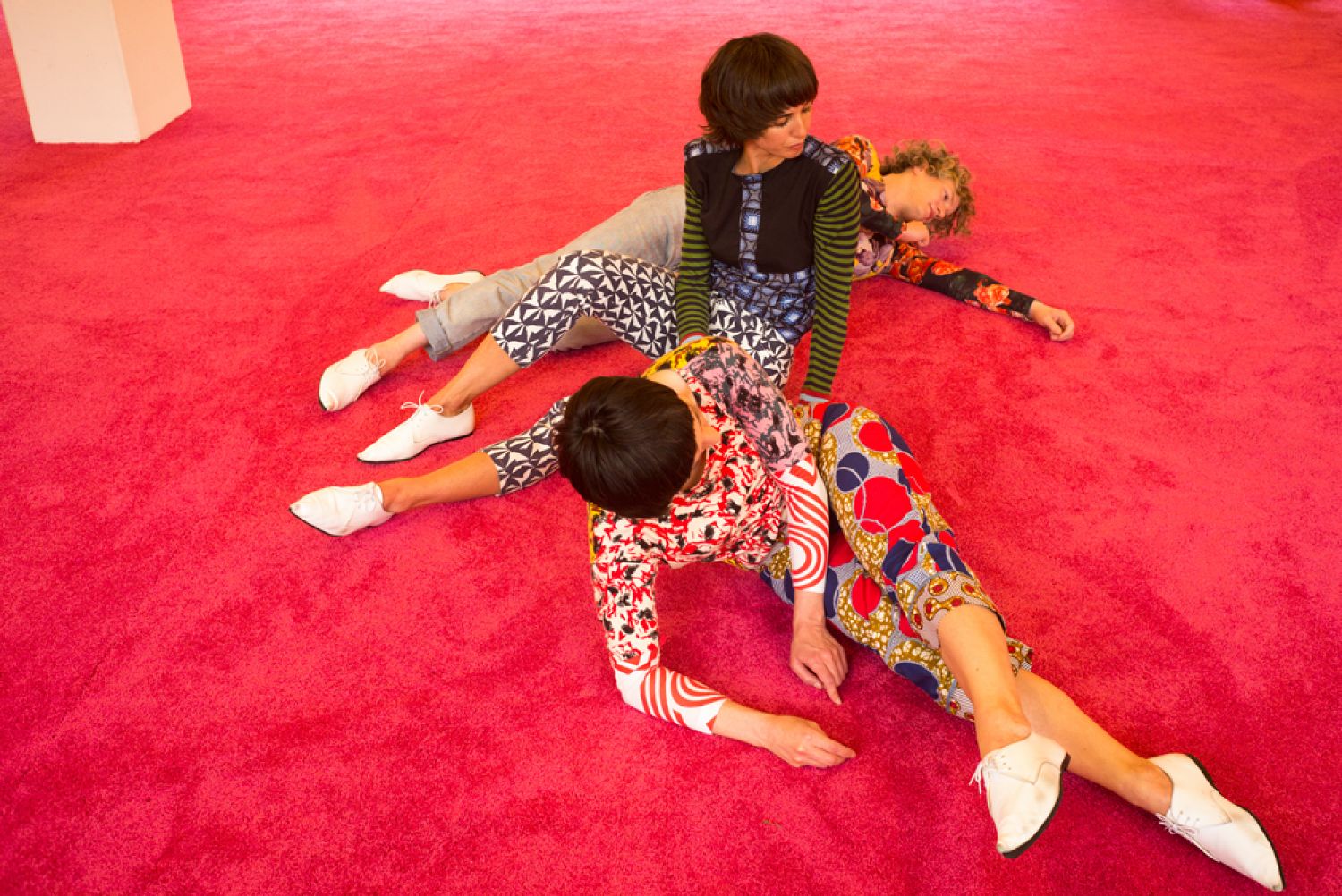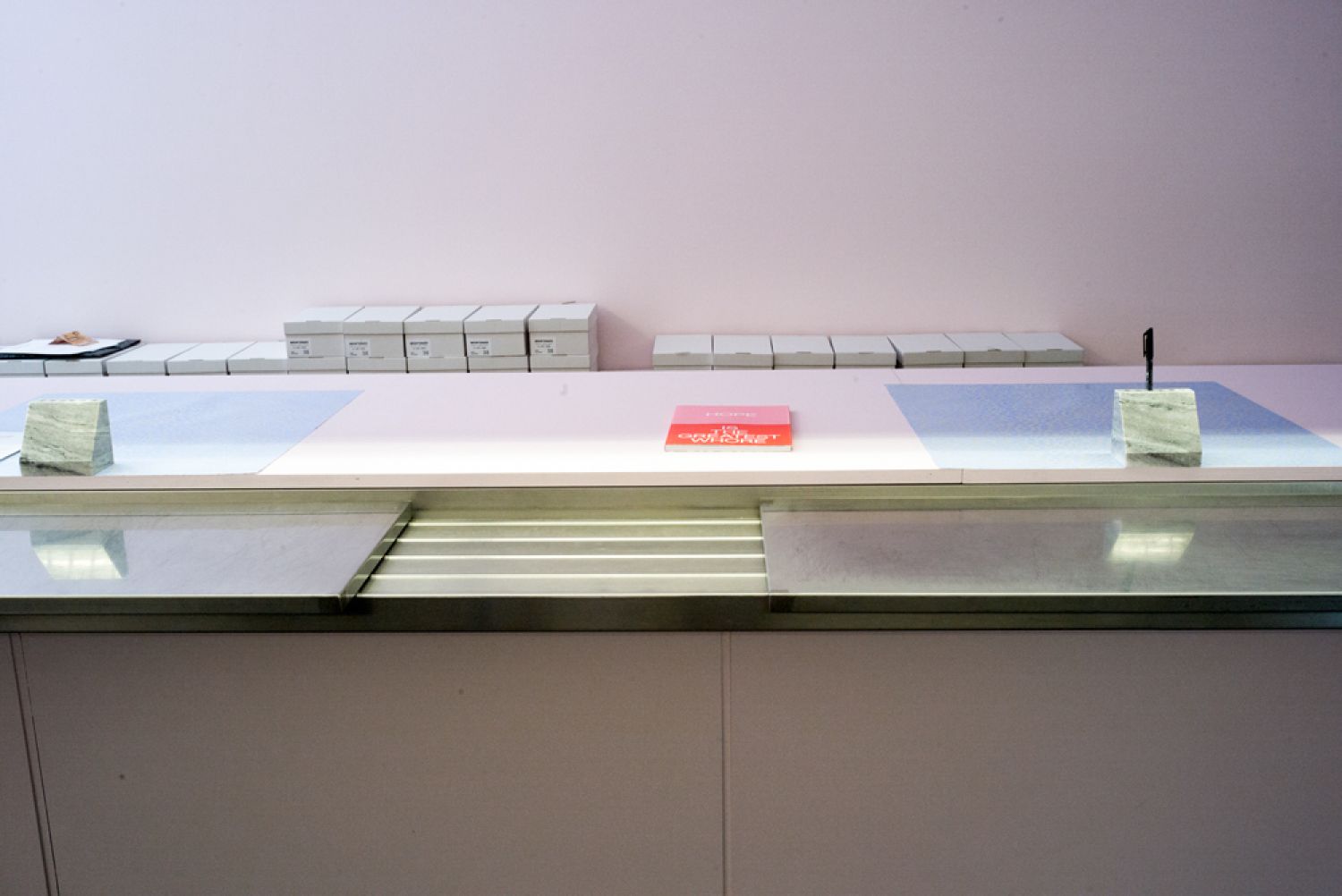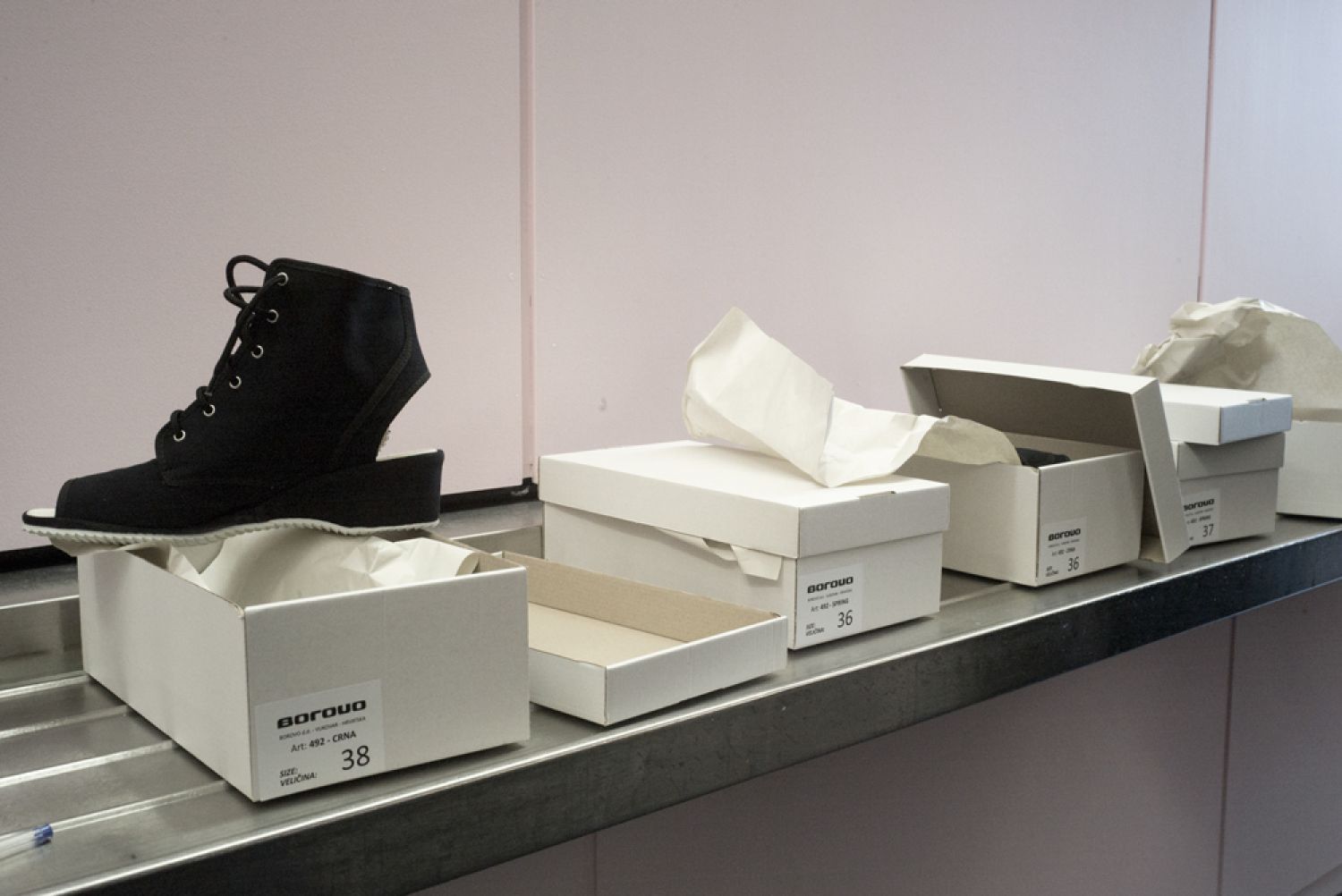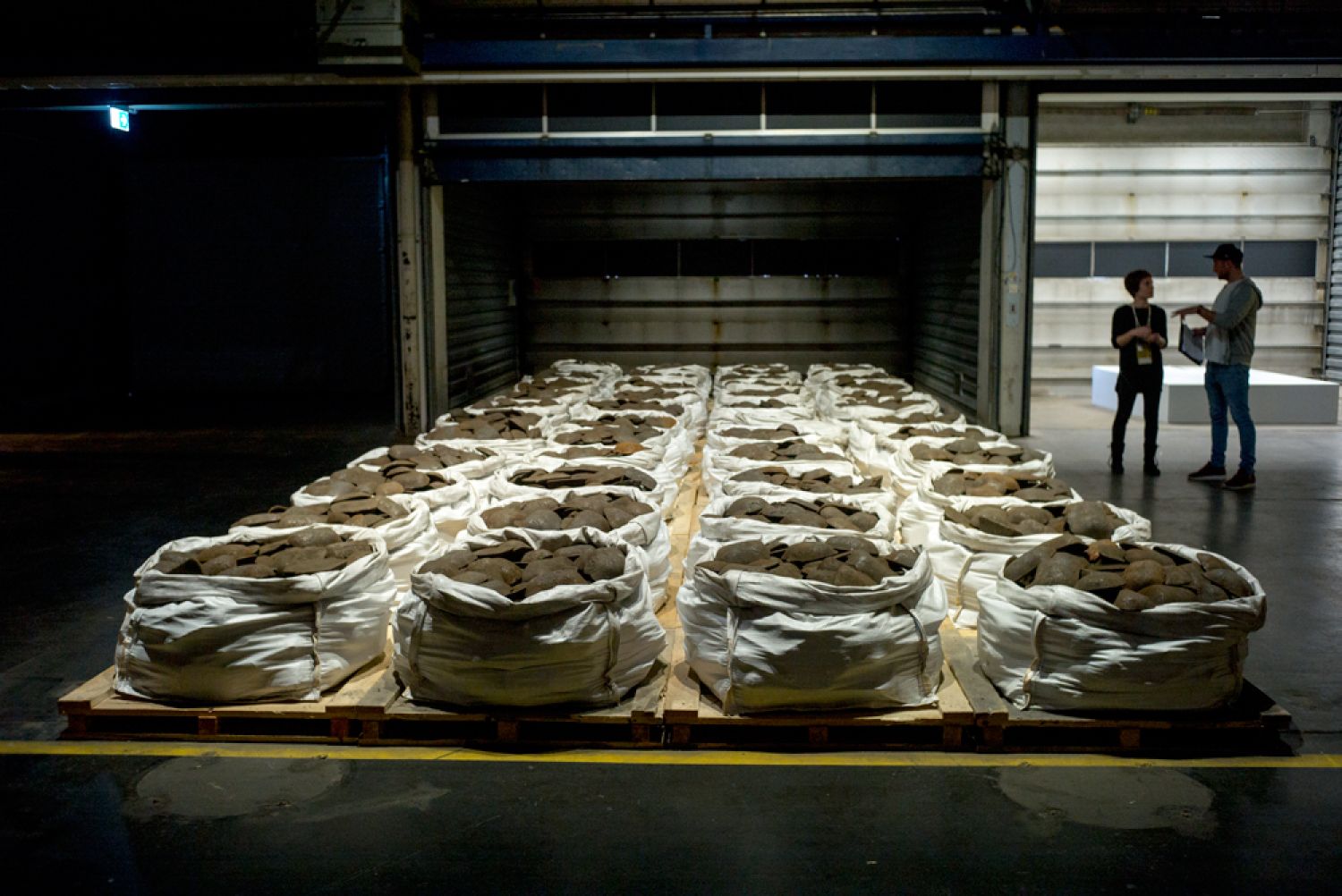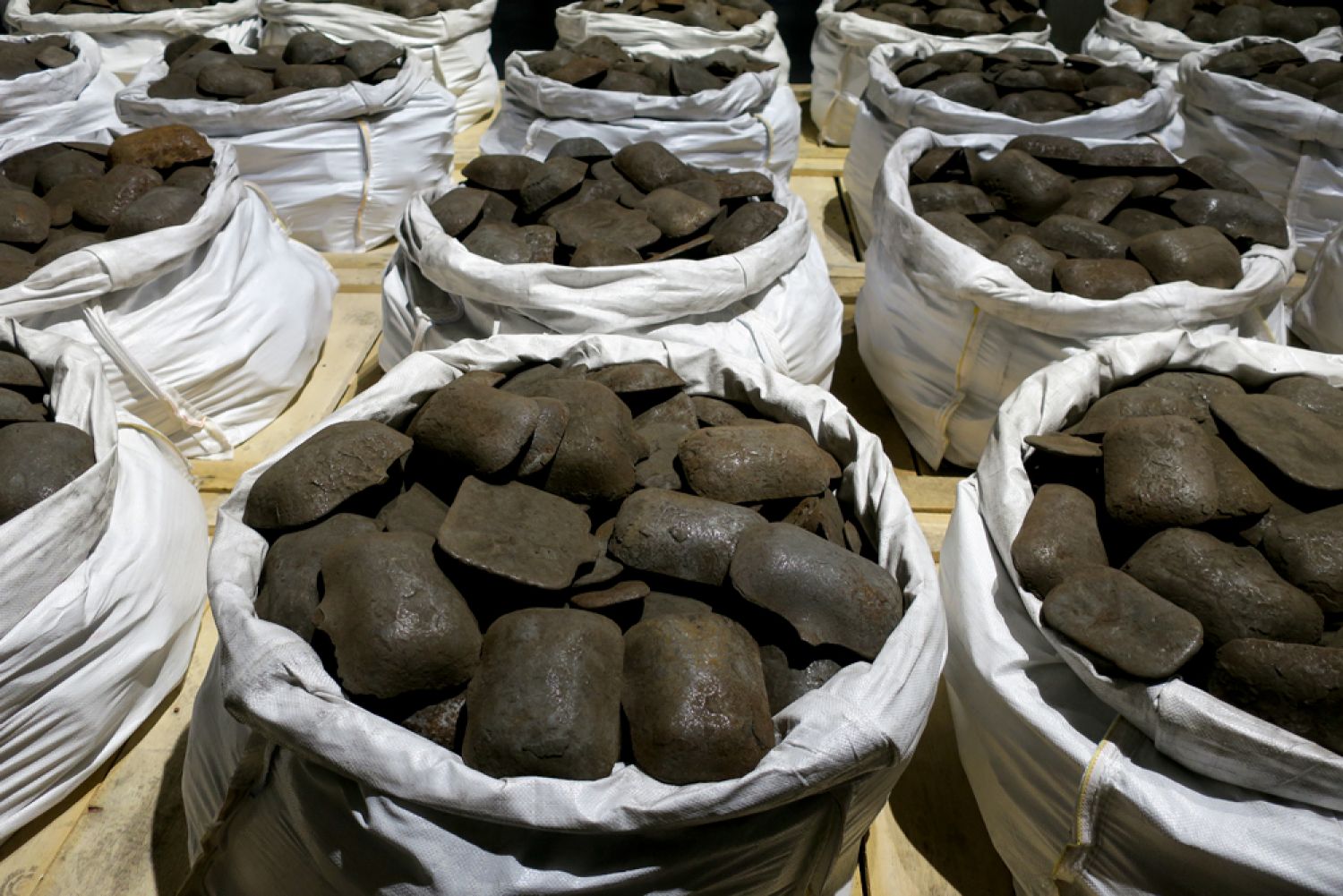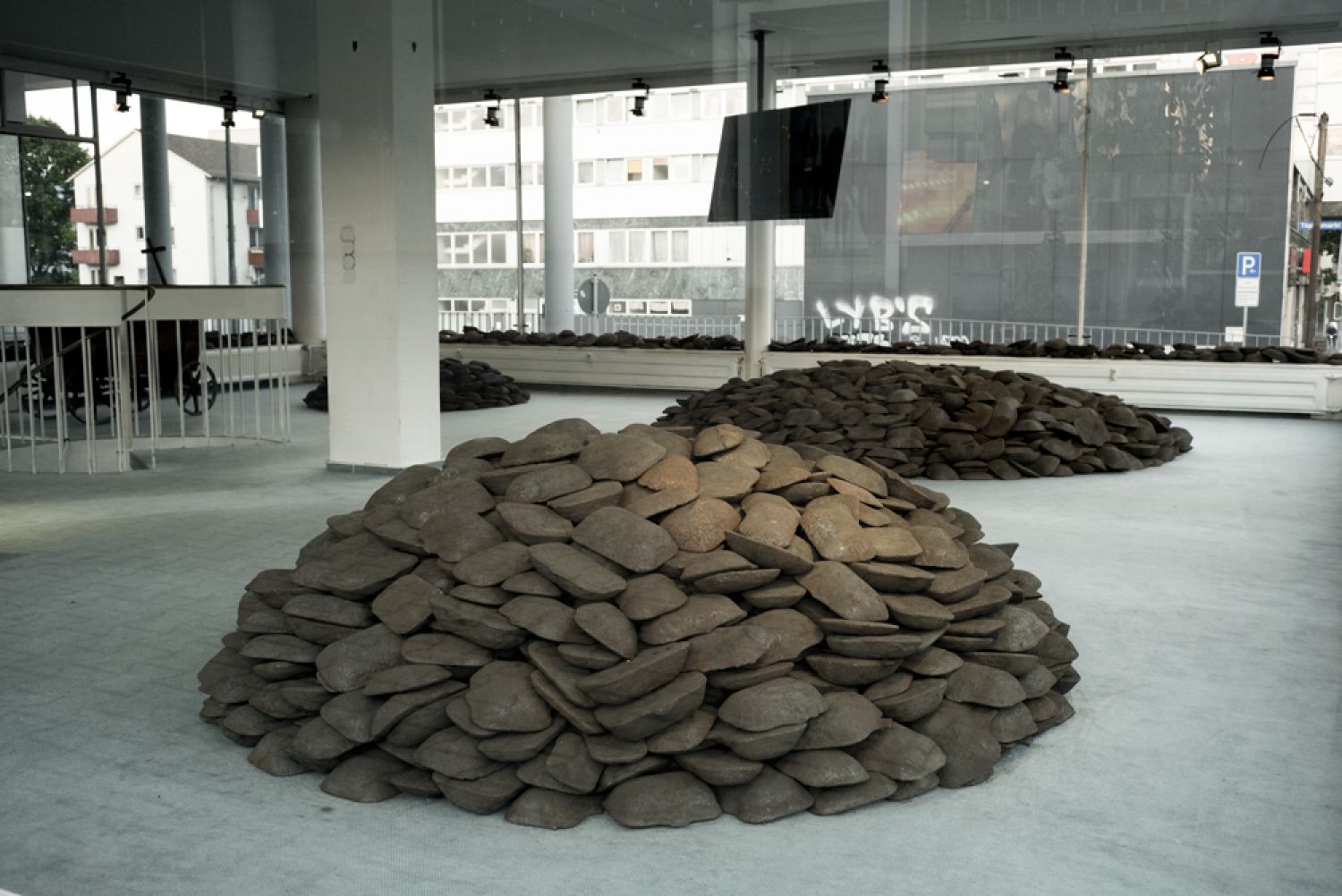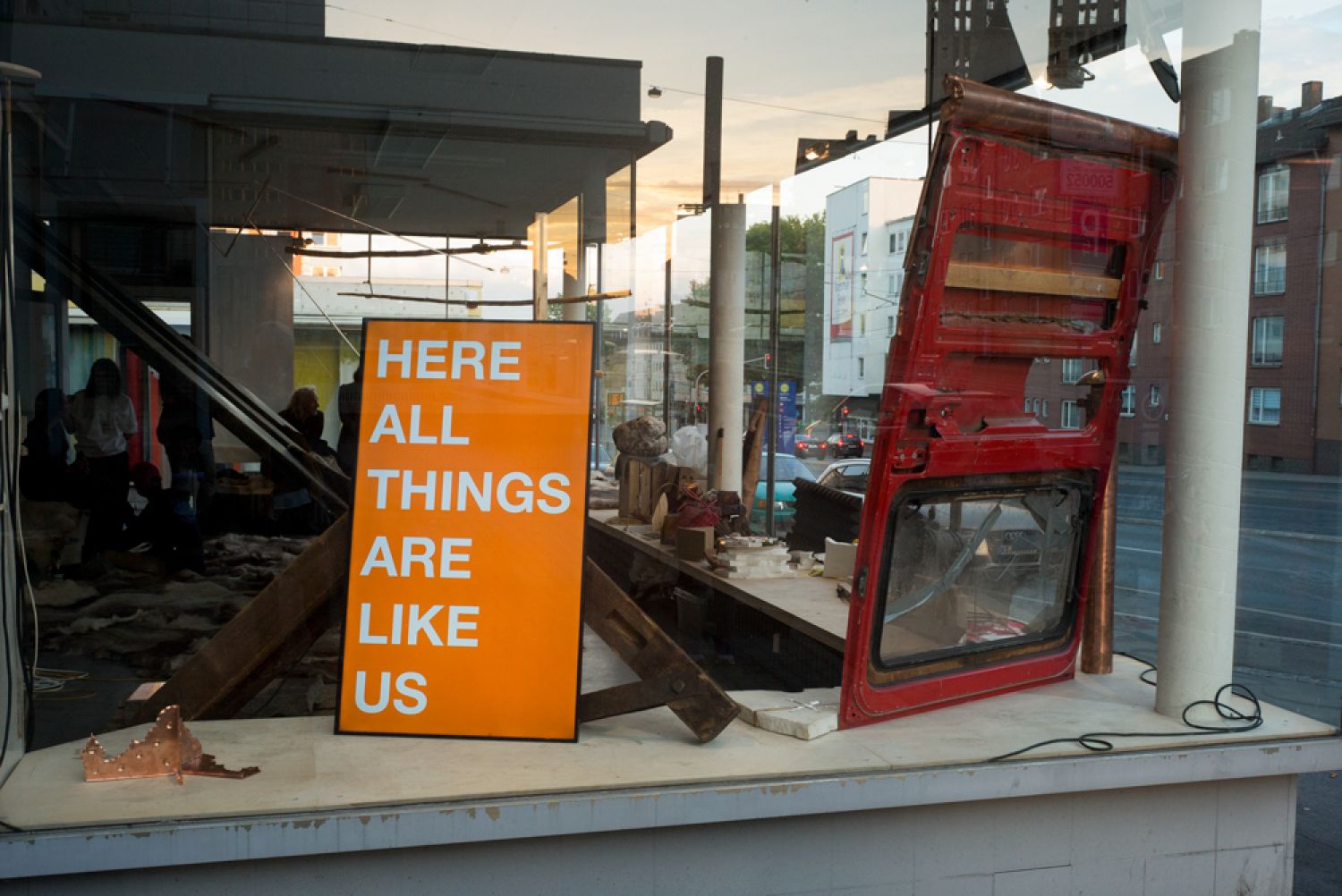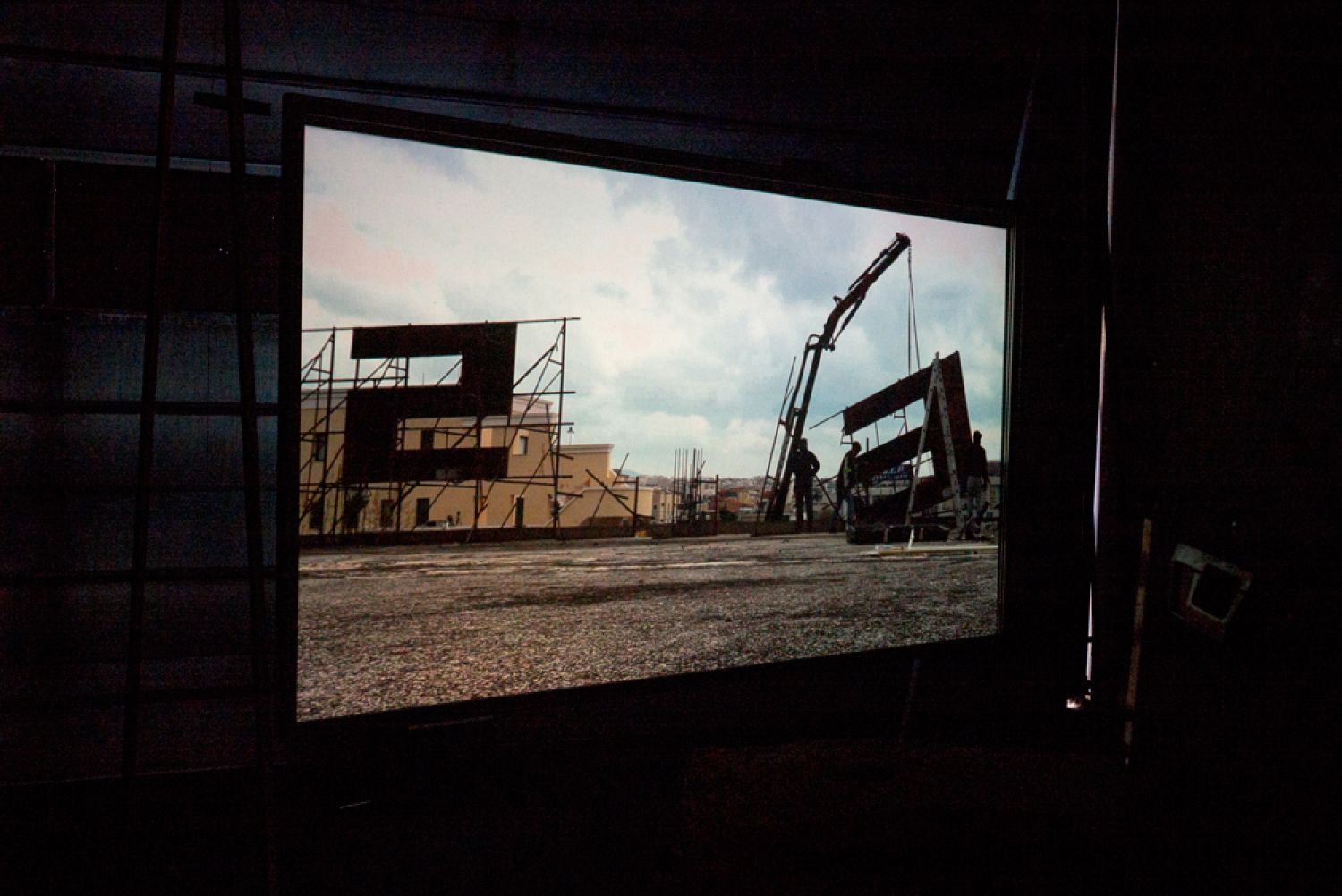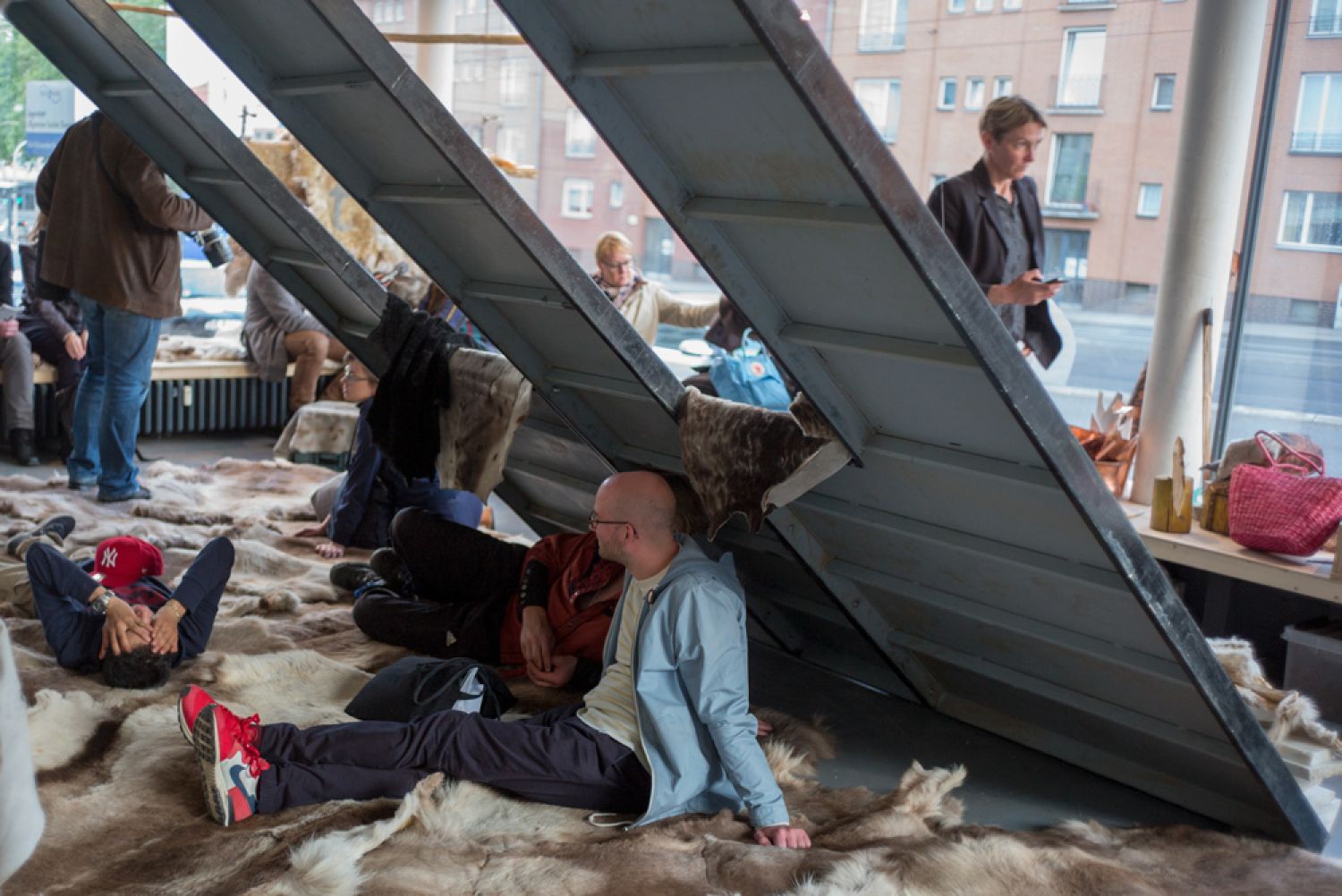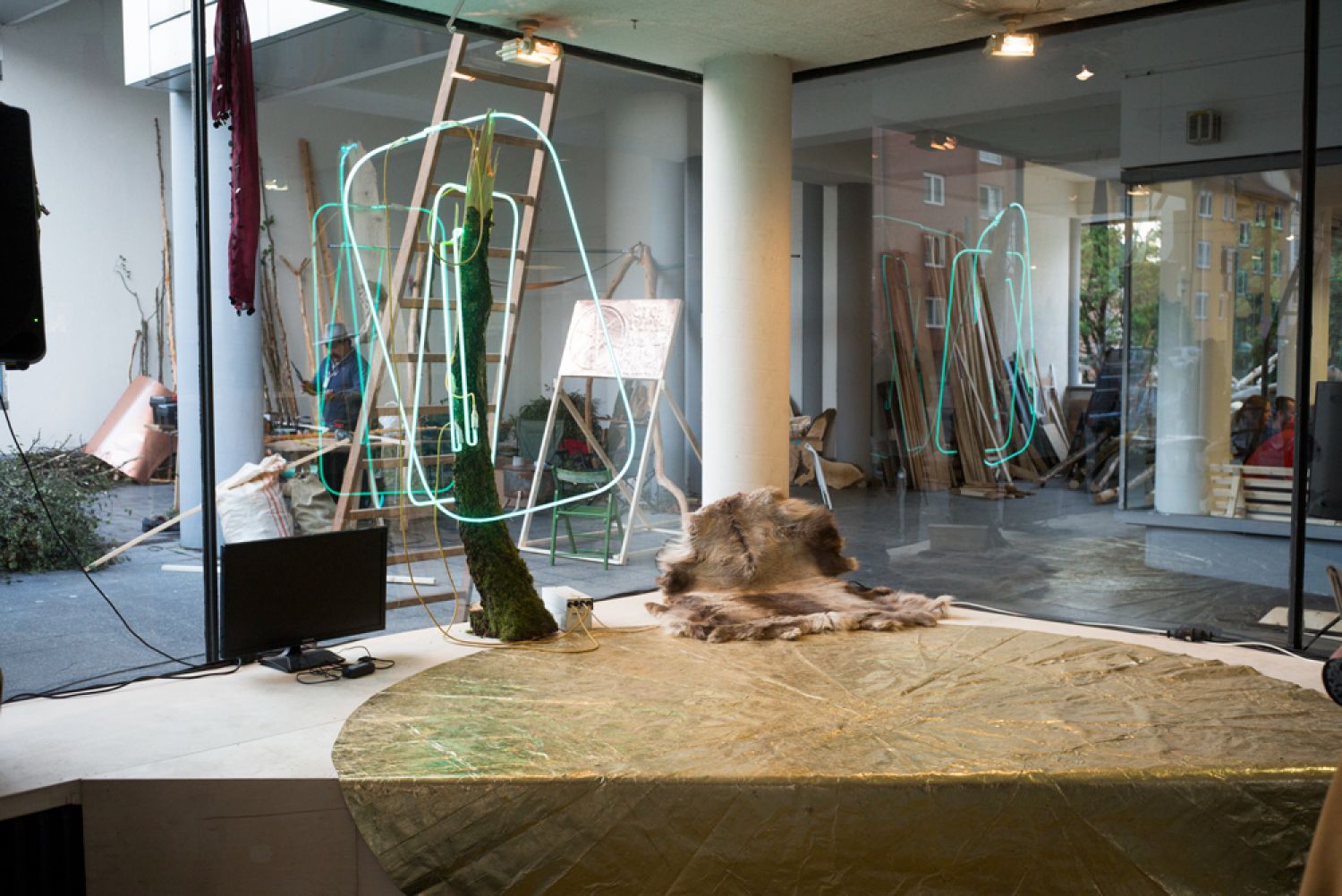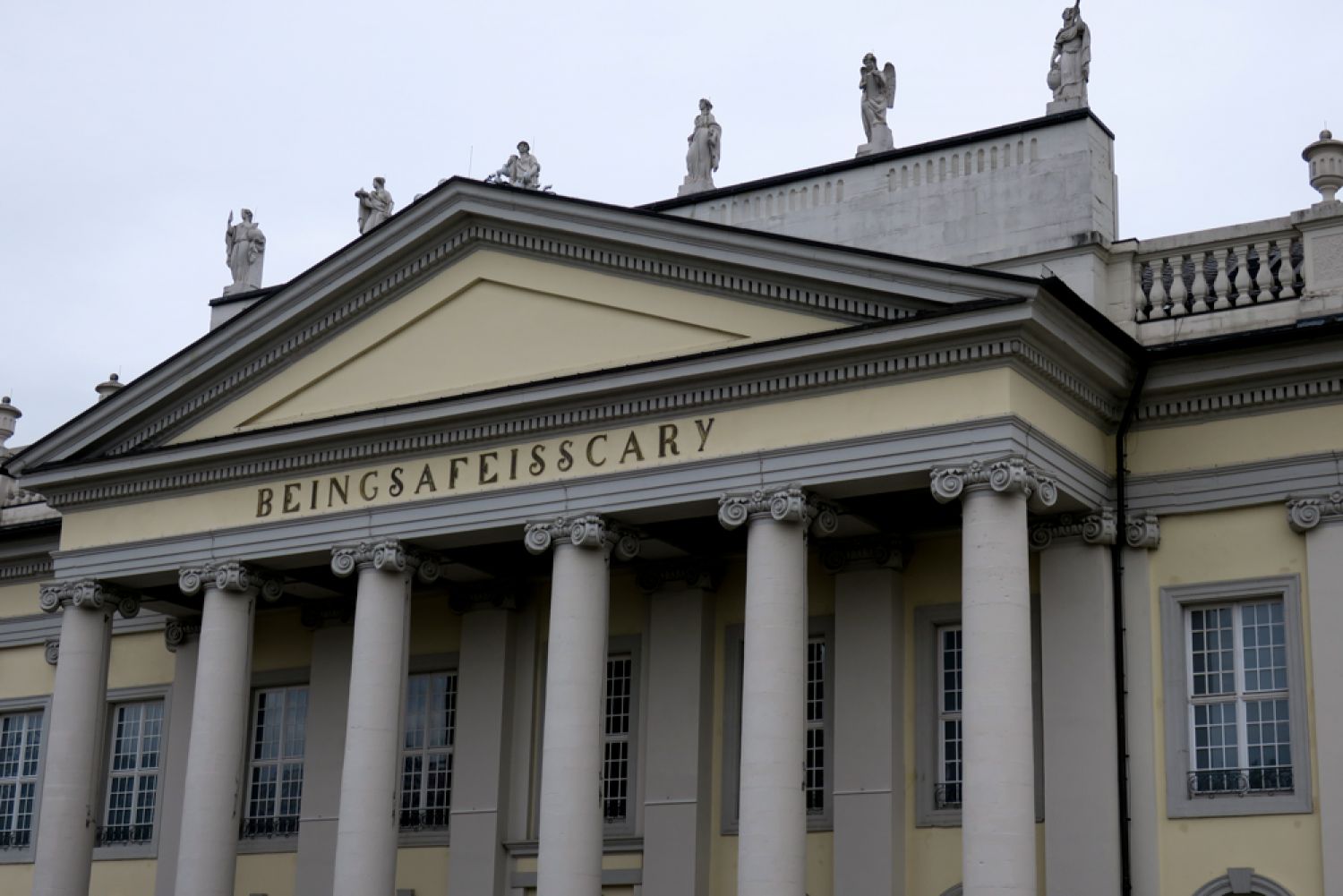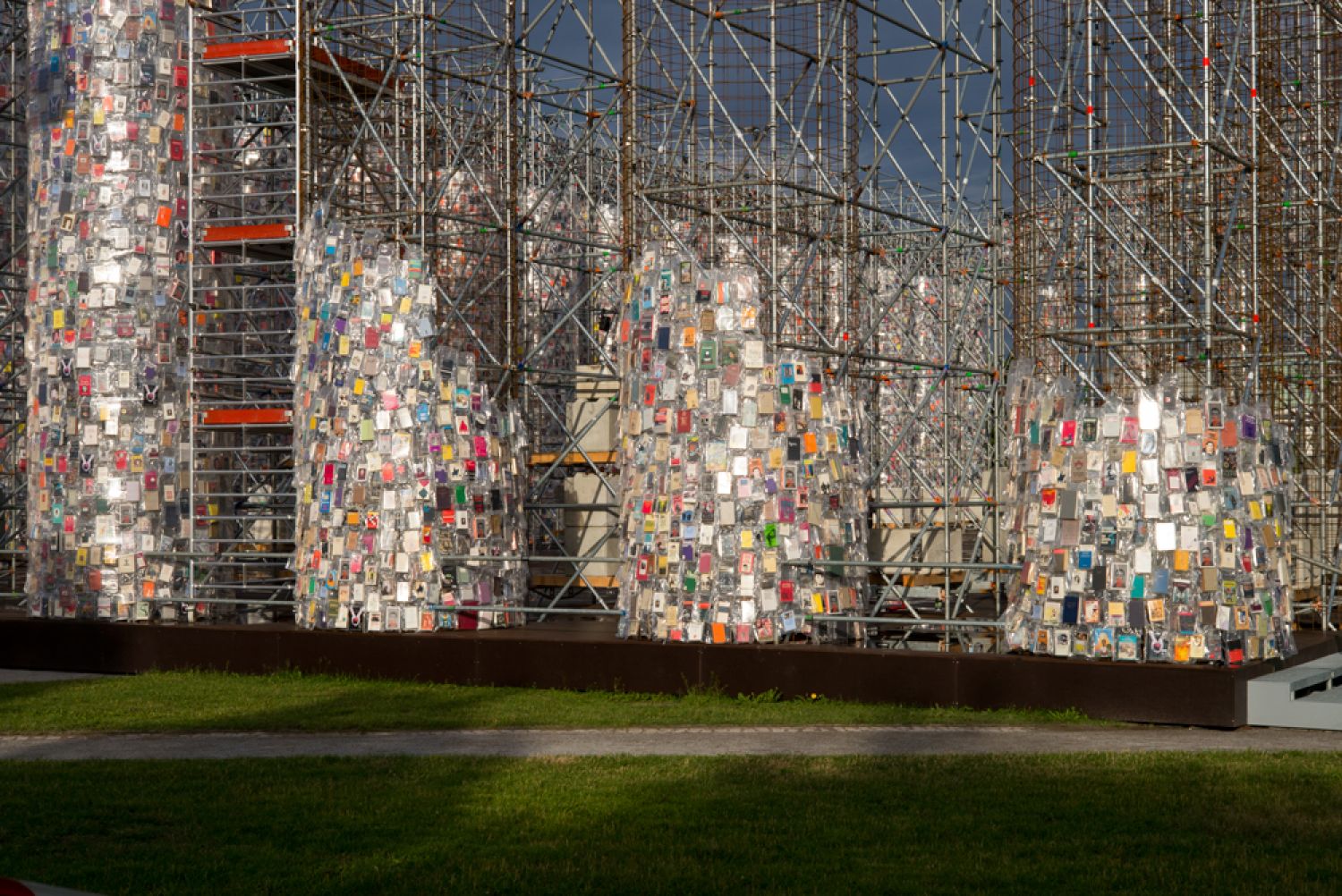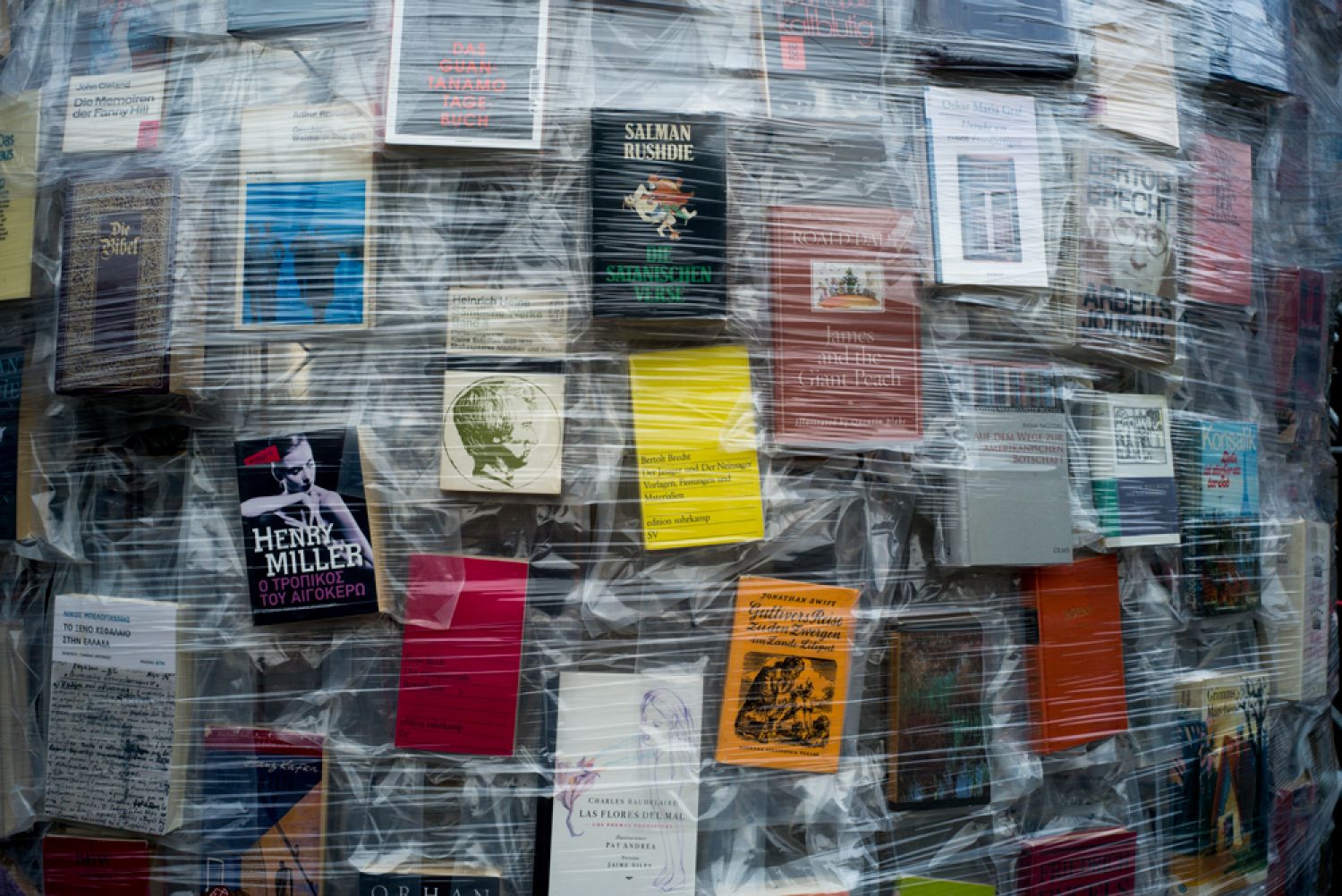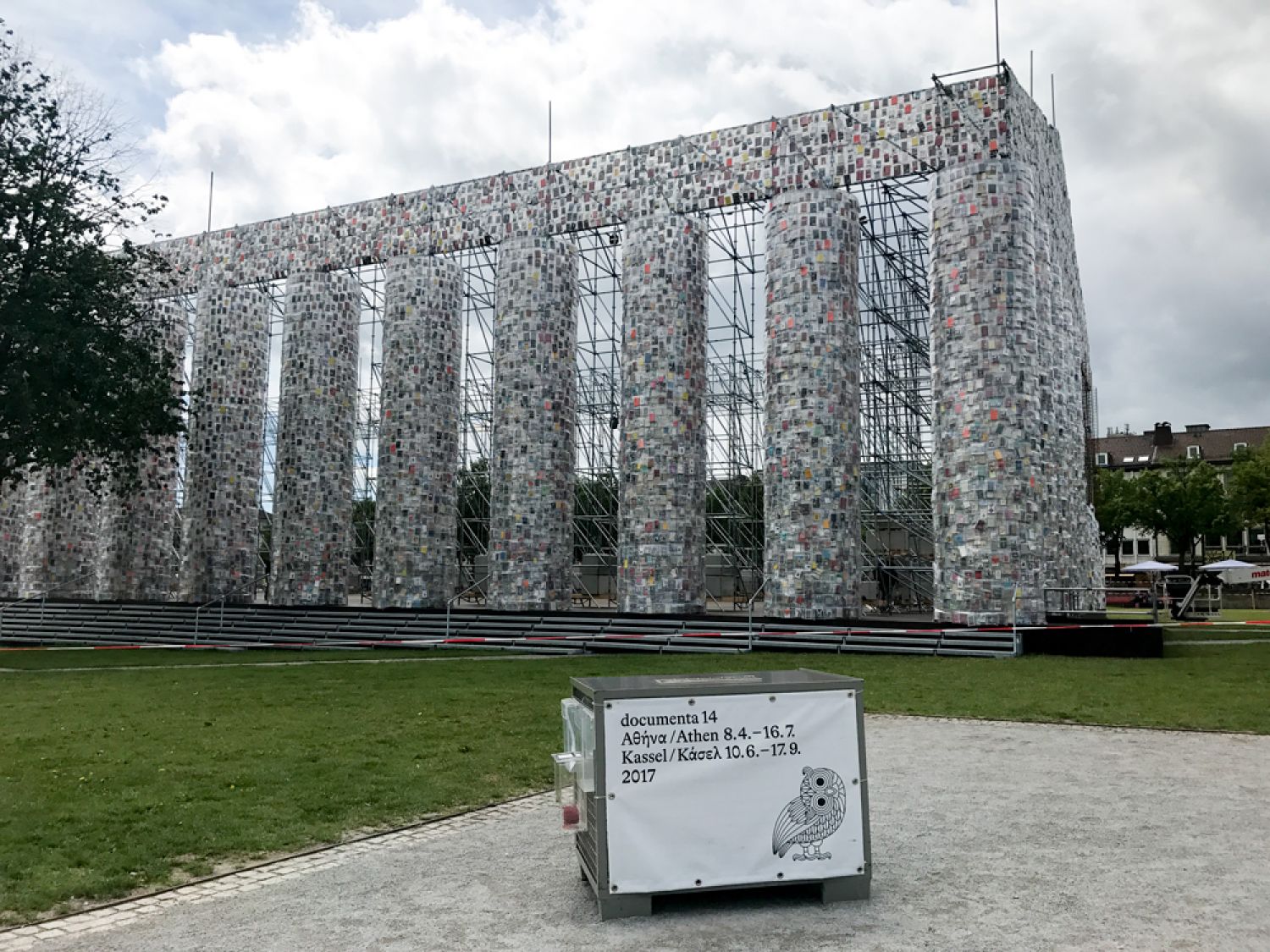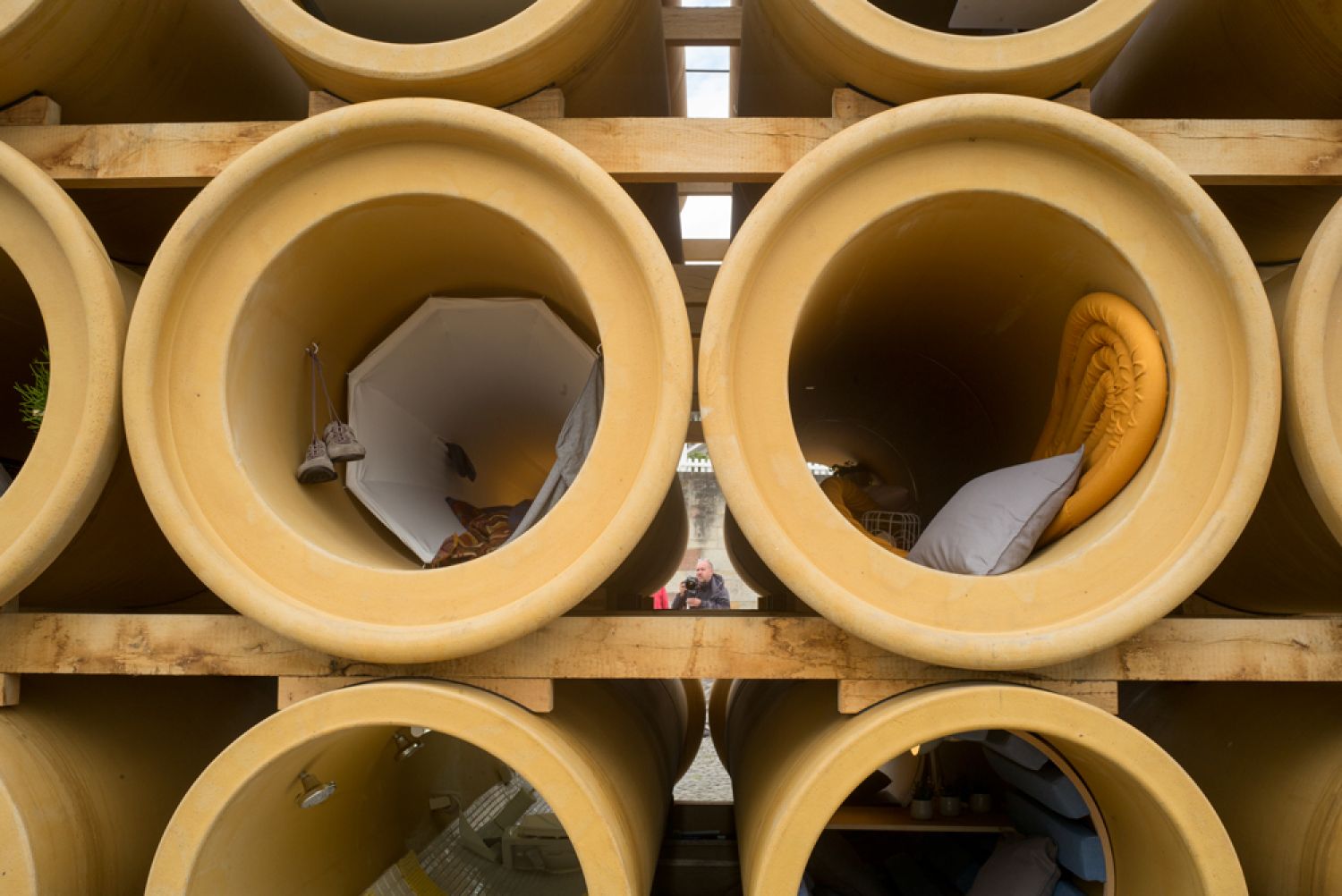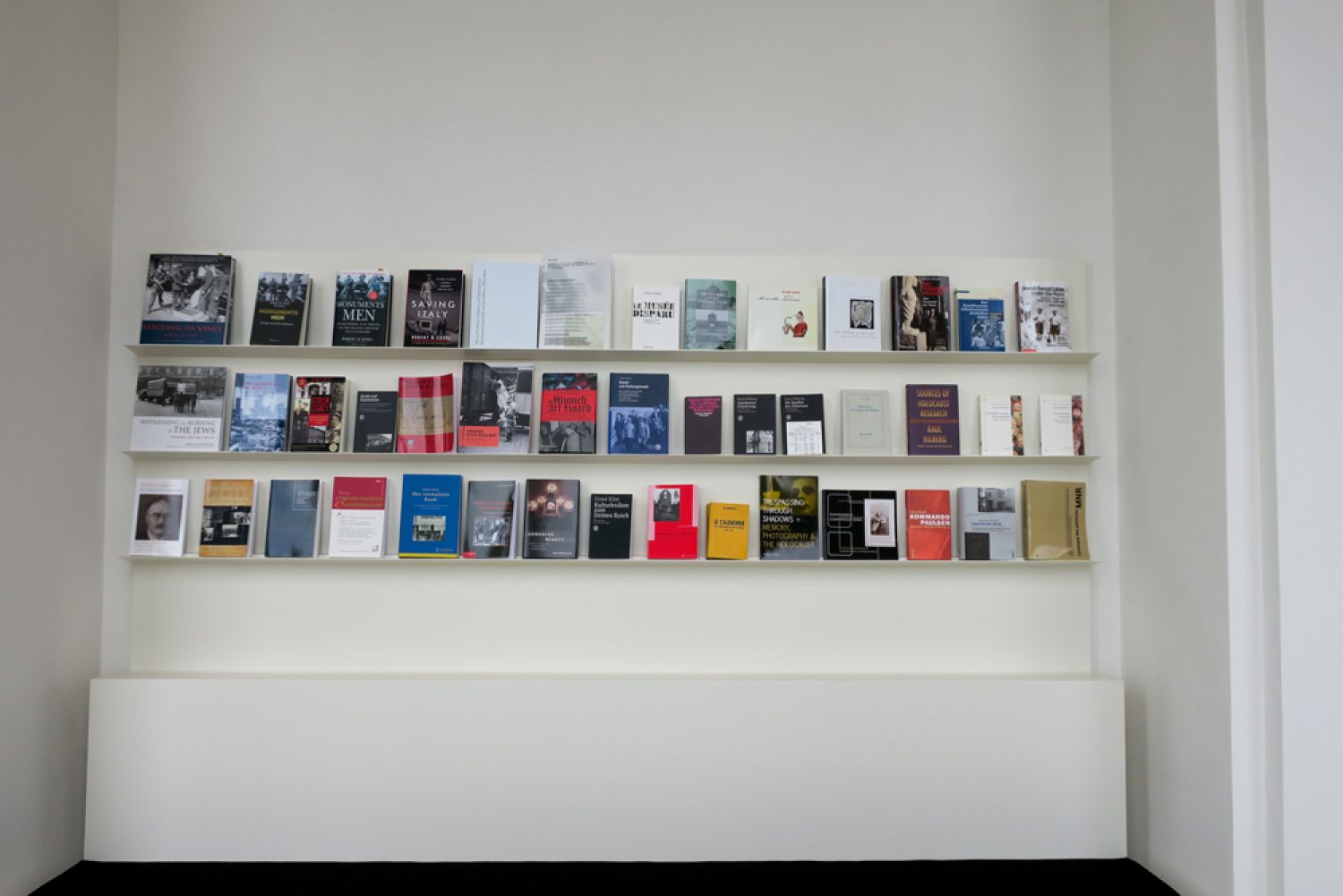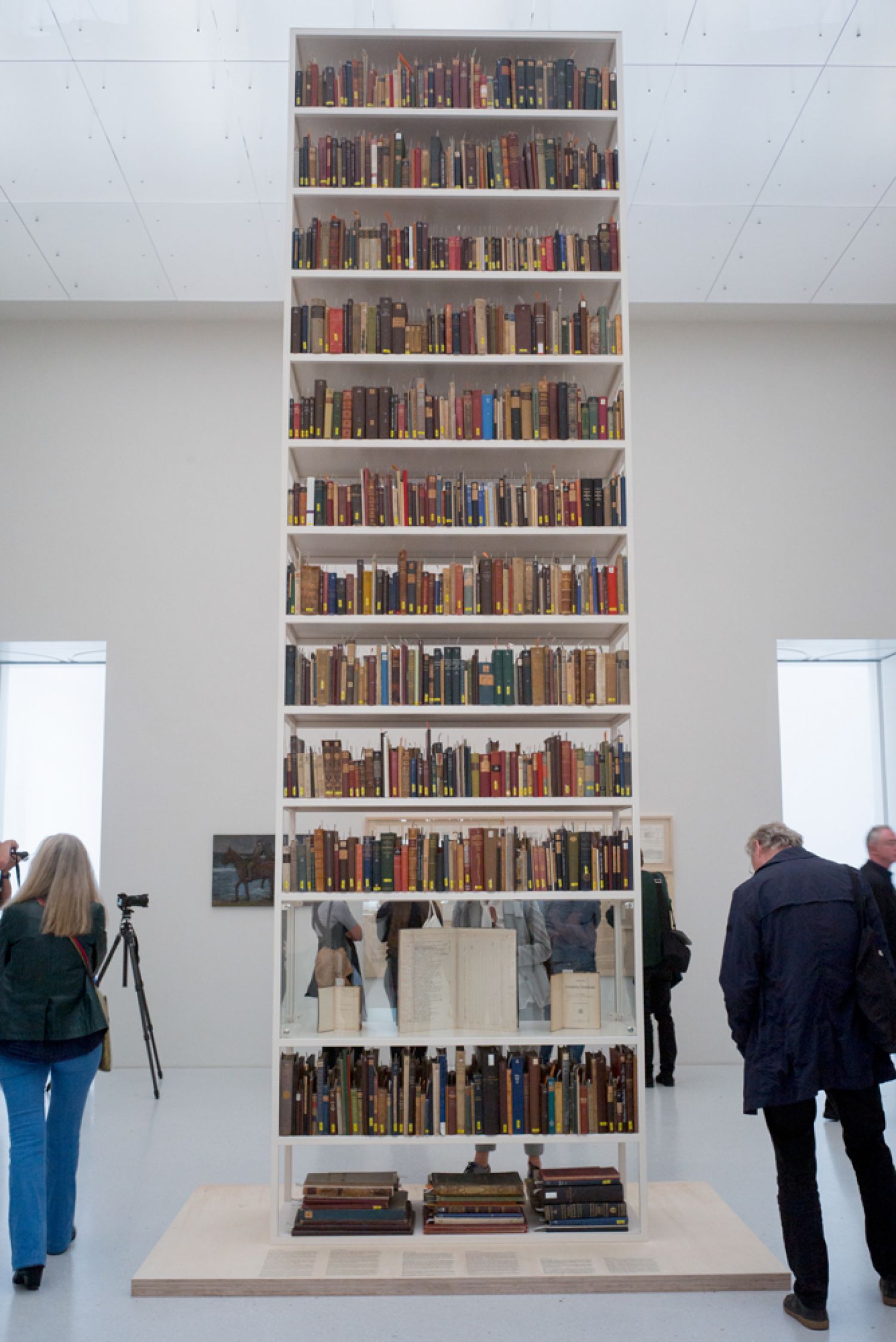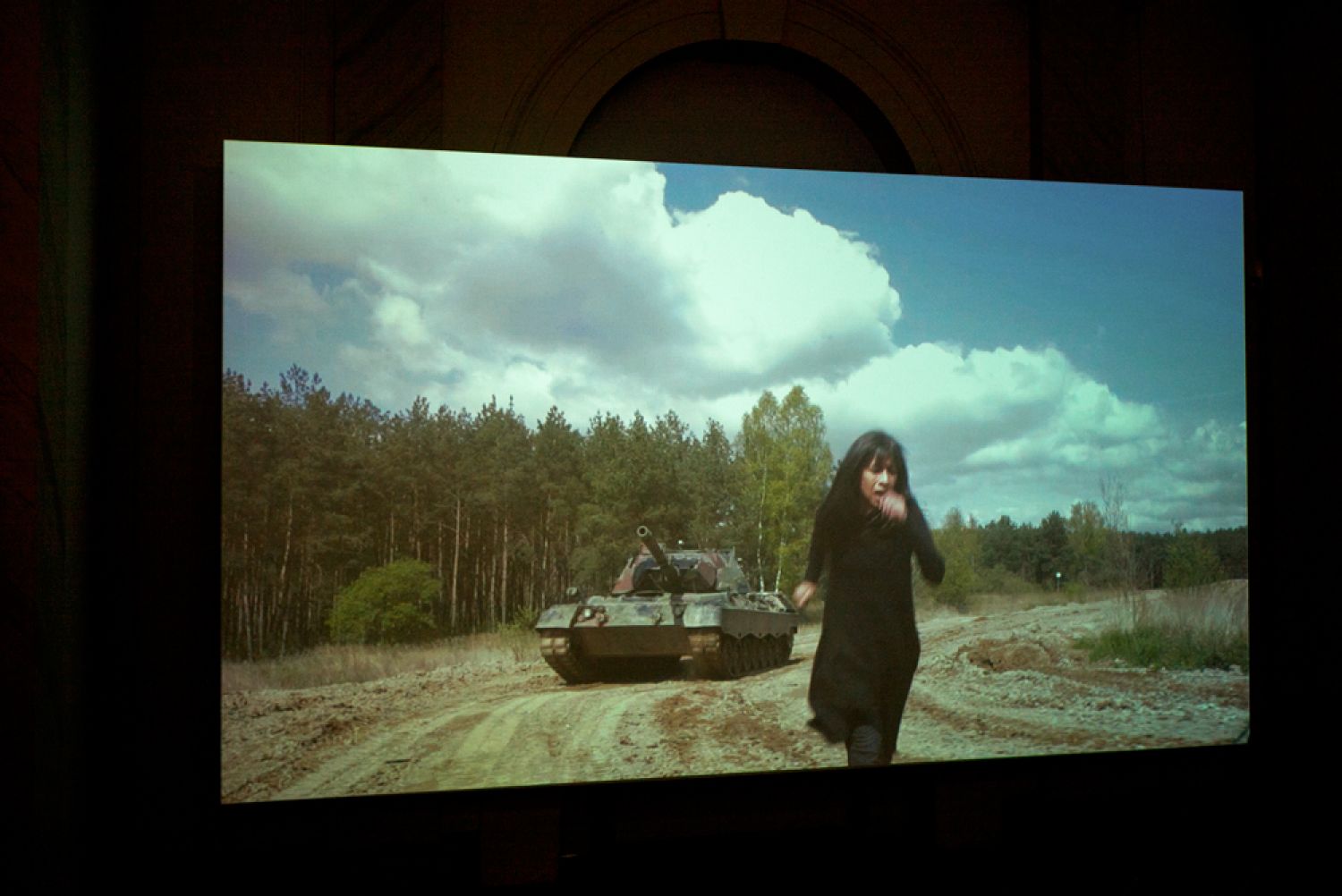In the continuity of the last four editions, documenta 14 proposed to relocate and decentralize the Kassel event to other locations, making the event more transnational. The practice of opening and extending documenta to other locations and realities has been followed since 1997, with Catherine David with her 100 days - 100 guests initiative in Documenta X, with Okwui Enwezor in documenta 11 and the creation of «platforms» in different places around the world, with Carolyn Christov-Bakargiev in documenta 13, where activities were carried out in satellite cities such as Kabul.
This time it was the curatorial team of Adam Szewczyk who decided to make a political manifesto, establishing a new exhibition format, double and simultaneous, a model divided in space with the organization of the event shared between Kassel and Athens. Without avoiding some criticism from the German side who feared losing control over the organization of the event and of some sectors in Athens who considered offensive to perform a spectacular event in the city at this critical period in the country. In the opening text of the The documenta 14 Reader[1] the curator refers to the difficulties that this proposal raised during the production period of the event and how difficult it was to maintain the intention of giving equal logistical and financial conditions to the event in the two cities. In other words, with an attitude that is not very usual, the obstacles against effective changes in institutional structures were explicitly mentioned as well as the additional effort required to pursue the desire to counteract the supremacy of the event’s headquarters and to propose egalitarian and non-hierarchical conceptions between the cities, including holding the opening in Greece and inviting artists to work in both locations.
This would be the way to reject the relations established between Northern and Southern Europe, centre and periphery, an idea which Paul B. Preciado deconstructed, recalling, in a very assertive text, «Upside Down», published in the second issue of the Public Paper series, a newspaper distributed free of charge throughout the event and which serves as the general program of the activities taking place in Athens and Kassel, that the South, like the North, does not exist. In this text, Preciado reaffirms that these are political fictions built in colonial power relations, on the basis of a modern colonial geography and chronology in which the North symbolizes progress, the future and wealth and the South the past, the primitive and poverty. Each space has a north and a south and Athens is not the South, nor is Kassel the North.
The documenta 14 thus intends to wager not on differences but on what is common, undermining a way of thinking based on relations of binary and dichotomous order, which in the case of Paul B. Preciado share an analogy with his personal life, in the change of gender from the feminine to the masculine, and its corresponding change of name, a path that included a biological and political-administrative process which is testified in the text of the The documenta 14 Reader, by reporting the difficulties of the State in assuming the «trans» status[2].
Following this reasoning, the title of this document 14, «Learning from Athens», was also accompanied by an explanatory note, which far from being understood by the curatorial team as an invitation to the practice of a classical pedagogy was instead envisioned as progressive in the sense of exposing oneself to the unknown, to question prejudices, ideas and knowledge acquired beforehand, in a desire to unlearn and reinvent the understanding of the world.
The experimentation with formats, the relativization and extension of the space-time unit of the program with repetition in two European cities, also applies to the exhibitions, with the proposal that some artists work in several of them highlighting different moments and establishing a sense of continuity and general porosity. Maria Hassabi, Irena Haiduk, Joar Nango, Dan Peterman, are some of the artists represented in various exhibition moments. At the Neue Neue Galerie (Neue Hauptpost), a site used for the first time in this documenta 14, a former central depot of the city’s post office, deactivated by forced privatization and the digitalization of communication processes, the works of Cypriot Maria Hassabi, an artist and choreographer currently living in New York, who presents durational solos and a live installation across different spaces of the exhibition – within and outside the gallery space –, extending the display to interstitial spaces like the staircaises of the building.
At the Neue Neue Galerie, there is also a Borosana shoe display, a model developed in the 1960s in Vukovar, in former Yugoslavia, designed to make comfortable women workers of the public sector – whose production was abandoned with the war in 1991 – and and which Irena Haiduk decided to resume in 2011, naming the project Nine-Hour Delay and selling each pair at a variable price adapted to the income level of the customers, under a contract and agreement that the shoes would be worn only during working periods.
In the building but also in different public areas, Irena Haiduk presents the performance Spinal Discipline (2017), a performance in which 13 women, who according to the artist, belong to the Army of Beautiful Women, walk elegantly with a copy of a book by Marcel Proust on their head.
The installation «Ingot Project» by Dan Peterman is also presented, in a monumental scale at the Neue Neue Galerie and exhibited in other spaces such as the Kulturbahnhof, the deactivated railway line of the city's central railway station and the Hansa-Haus glass pavilions, former local shopping galleries in the north of the city, that have been abaondoned due to the growth of chain stores in the south. In this project, which is about reuse, modes of production and the circulation trajectories of materials, Dan Peterman produced, for Greece, copper ingots in the form of the Bronze Age artefacts that existed in the Mediterranean in the 12th century BC and for Germany, iron ingots made according to the large-scale model of the heavy industries in Kassel.
Joar Nango, a Norwegian artist of the native ethnic group of Lapland also presents projects in Athens and Kassel. In this city he shows works at the Neue Neue Galerie and at the Hansa-Haus, where he occupies a space marked by the recovery of the values of improvisation, nomadic life and the potential of collaborative work with references to handicraft and indigenous modes of production. His main project is «European Everything», a trip made by van between Tromsø in Norway and Athens, passing through peripheral areas, which the artist considers to be potential open spaces for experimentation and contacts with European marginalized groups and communities, such as cultures like the Sámi and Roma, which he considers to be testimonies to the strength of indigenous cultures and symbols of resistance, adaptation and flexibility in the European space.
As would be expected, Athens and Greek culture are strongly present in Kassel and in Germany. The Fridericianum Museum, the traditional headquarters of documenta, the first public museum in the European continental region, with its neo-classical layout, is not alien to the enthusiasm for Greek art, much cultivated by Johann Joachim Wincklemann, who, in the eighteenth century, without ever having been in Greece, wrote Geschichte be Kunst des Alterhums, an important book for archaeology and art history, imposing the ideal of classical Greece. At this moment, the Fridericianum Museum holds the permanent collection of the EMST - National Museum of Contemporary Art of Athens, dedicated to contemporary Greek and international art. The curatorial selection shows many historical Greek names, which do not have much visibility on the international field and, overall, references and works on political and migratory crises, democracy, globalization and nationalism, are strong. For example, on the facade of the building there is an intervention by Banu Cennetoğlu, who reformulated the name of the museum on the frontispiece of the building with the inscription, Being Safe is Scary (2017).
The symbolic burden of the first democracy and the acropolis are evident in Kassel, especially in the main artwork at Friedrichsplatz, opposite the Fridericianum Museum, where Marta Minujín installed Parthenon of Books, a replica of the acropolis whose Doric columns are filled with historically censored and forbidden books, and which are now being censored in some parts of the world, that have been or are being donated to the organization, in the site where in the nineties-thirties, a book burning action by the Nazi regime took place. As happened with the original version of the work, presented in 1983 in Buenos Aires, in Kassel, this piece will also be disassembled so that the books can have a new circulation. In the same square, in front of the documenta Halle, one finds the piece by the Kurdish-Iraqi Hiwa K, When We Were Exhaling Images, consisting of a series of steel pipes resembling shelters, filled with personal objects, books, equipment and basic furniture, replicas of the possessions of migrants and refugees.
There are three central exhibition spaces, the Fridericianum Museum, the Neue Neue Galerie and the Neue Galerie. The Neue Neue Galerie is located in the northern part of the city where most of the immigrant communities live and it is there that we find most of the new works produced for this edition of documenta. In the Neue Galerie there are mainly historical works, many of them with approaches on the relations between Germany and Greece, nineteenth-century nationalism, the history of art and museum culture, colonialism and slavery, Nazism and the Jewish question, on which the artist Maria Eichhorn created the independent interdisciplinary project Rose Valland Institute (2017). Baptized with the name of the art historian who secretly registered the Nazi loot of Jewish assets during the German occupation of Paris, this project, designed for documenta 14, is dedicated to investigate issues related to the Nazi confiscation of works of art, real estate, businesses, objects and libraries, of Jewish citizens.
Maria Eichhorn continues, with this project, previous works in which the subject of the restitution of property of the Jewish population in Europe was already tackled, such as Restitutionspolitik / Politics of Restitution (2003) and In den Zelten 8/9/98, 9a / 10 (2015). She now exhibits at the Neue Galerie literary works that were owned by families of German Jews and that are now in the Central Library of Berlin as well as documents and photographs of the estate of the newly created Rose Valland Institute. At the end of the exhibition there is also a library and a reading area where specific bibliography on the restitution of truth, memory and property of Jewish families, is made available.
This edition of documenta 14 is markedly political, not only by the curatorial intention of decentralizing and expanding the event from North to South, and by the content of the works presented, which deal with issues related to the current situation of the refugees and migrations, minority and marginalized communities, as well as the crucial themes of the history of Germany, Greece and other countries, and, above all, of the European reality.
Footnotes
- ^ Adam Szymczyk, «14: Iterability and Otherness – Learning and Working from Athens» in Quinn Latimer & Adam Szymczyk (eds.), The documenta 14 Reader. Munich, London, New York: Prestel Verlag, pp. 17-42.
- ^ Paul B. Preciado, «My Body Doesn’t Exist» in Quinn Latimer & Adam Szymczyk (eds.), The documenta 14 Reader. Munich, London, New York: Prestel Verlag, pp. 117-161.
